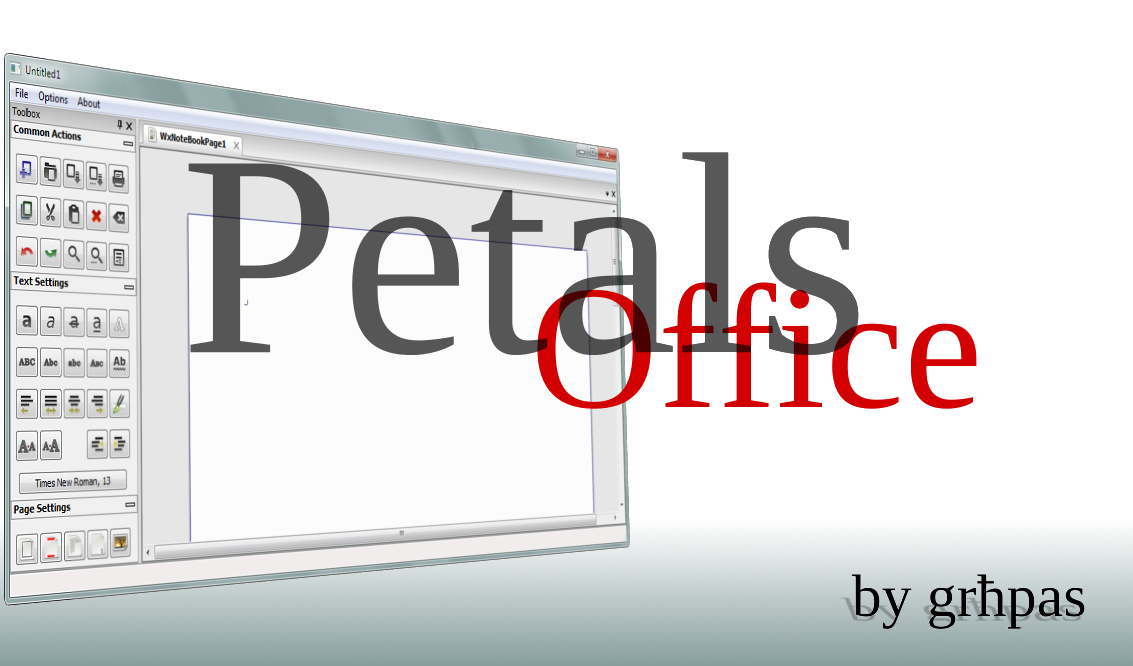It also makes cooperation possible, between what would otherwise be different applications. For example you can insert a table in a document, view it in spreadsheet mode, create and edit a chart and move it back into the document, in no time.
The adaptive foldable toolbar comprises of task specific groups of
buttons. This interface resembles that of smart-phones
and tablets, and helps users with touch screens do their work faster
and easier. The grouping helps you find the task quickly and will
also be customizable to the user's needs.
The groups and their contents adapt, depending on the type of the document you are focused on, so
you always have exactly what you need at your disposal.
Νot just another Office Suite
What we are trying to accomplish, is not simply to change how your office looks, but to enhance how it works as well. For example special attention has been given on the planning of the spreadsheet part of the program. Adding to what current applications can do, we want to incorporate OpenCL/GPGPU functions, where applicable. Such features are above MS Office compatibility and will probably only run on Petals Office.
Advanced Features
Adaptive toolbar, all the tools you need, available when you need them.
Tabbed Interface, work on different types of documents at the same time.
Cloud integration, save and share your documents (Google Drive, Dropbox ...)
Equation Library, to support students and scientists, both for spreadsheet and documents.

Free with
Commercial spin off
As a crowd funded project, Petals office will always be a fully
working free program for everyone. No ads, no spying, no locked
features will ever be incorporated in it. A spin off commercial
version with advanced business features is being planned, in order to
ensure its long term viability. Such features include integrated Cloud
storage (1 to 5GB per license) with sharing, team projects and speech to text. According to
the perk you choose, you will get a respective number of lifetime licenses for
the commercial version.
Who are we?
Currently there is only one person behind Petals Office, Gregory Papadopoulos.
Contact Us
Feel free to contact us on Facebook or Twitter, for any question or suggestion.
FAQ / You asked
Q1. Will the program be compatible with doc/docx/xls/xlsx files?
A1. Yes, we will always try to achieve the best compatibility with all major Office suites.
Q2. Will there be a tablet version?
A2. Yes it is planned, after the first release of the main program, since development for tablets differ. It will have a similar interface, adapted to the unique characteristics of each operating system.
Q3. Why a $10,000 perk?
A3. It is common practice for big companies to support projects that have a public benefit. If you own Google, for example, you may want to fund a project that helps both your interests and that of your users.
Q4. When will a beta version be available for download?
A4. Although this is clearly an estimate and depending on the funding, a beta download can be produced within 6-7 months.



